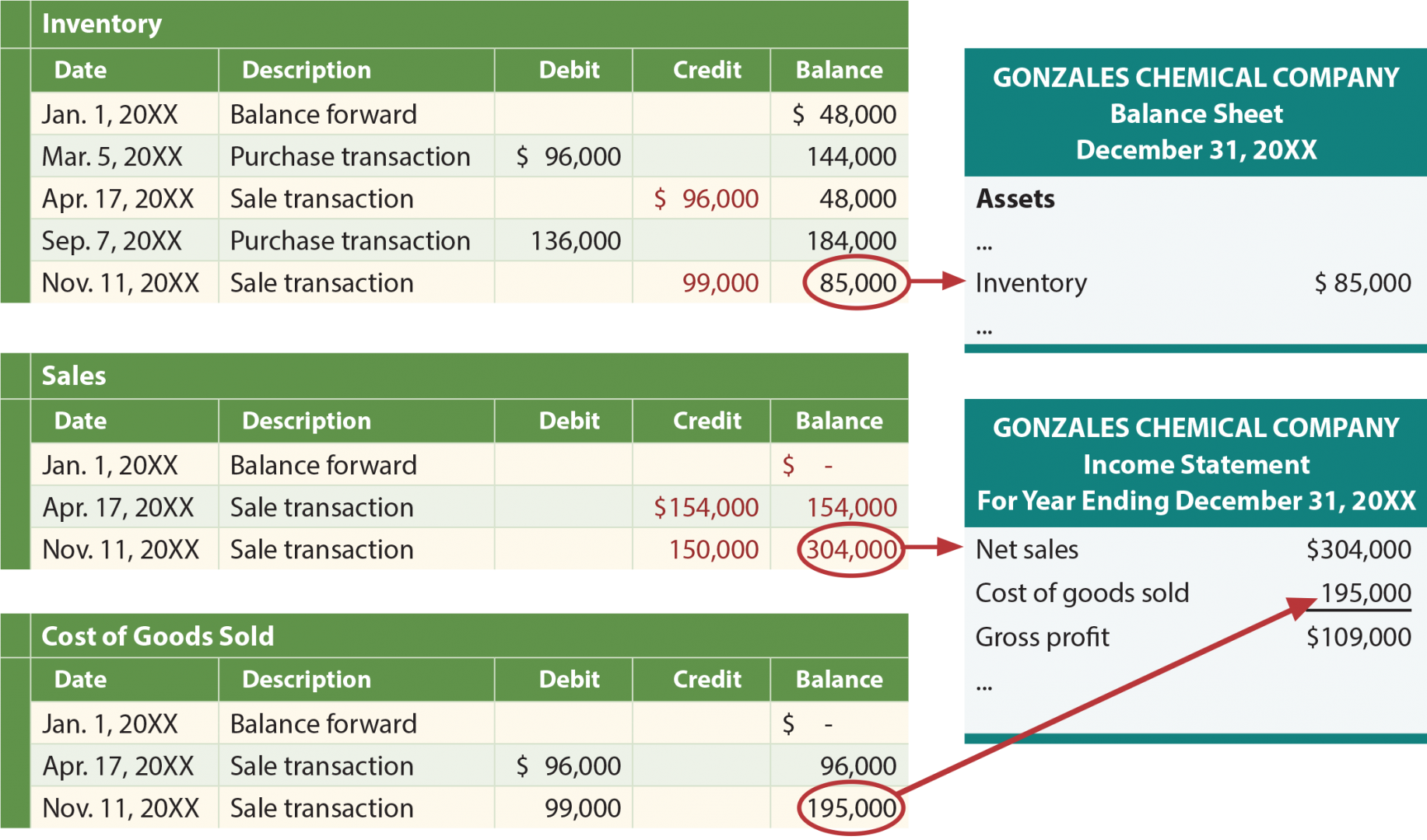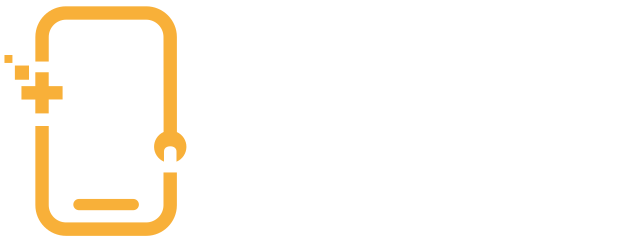The last in, first out (LIFO) method is suited to particular businesses in particular times. That is, it is used primarily by businesses that must maintain large and costly inventories, and it is useful only when inflation is rapidly pushing up their costs. It allows them to record lower taxable income at times when higher prices are putting stress on their operations. The perpetual inventory system keeps track of inventory balances continuously. This is done through computerized systems using point-of-sale (POS) and enterprise asset management technology that record inventory purchases and sales.
Calculations of Costs of Goods Sold, Ending Inventory, and Gross Margin, Specific Identification
We’ll also discuss the pros and cons of using a perpetual inventory system in various scenarios. This data will be useful when installing such a system inside your business.Read on for further information about perpetual inventory systems and how they can help you better manage your business. In this guide, we’ll explore how a perpetual inventory system can revolutionize your business’ inventory management process and compare it to periodic inventory count systems. If we apply the periodic method, we will not concern ourselves with when purchases and sales occur during the period. We will simply assume that the earliest units acquired by the shop are still in inventory.
Perpetual vs. Periodic Inventory Systems

It may make sense to use the periodic system if you have a small business with an easy-to-manage inventory. If you have a larger company with more complex inventory levels, you may want to consider implementing a perpetual system. The software you introduce into the workflow will make it easier for you to update and maintain your inventory. One of the main differences between these two types of inventory systems involves the companies that use them. Smaller businesses and those with low sales volumes may be better off using the periodic system.
How to use our LIFO method calculator
It may be advantageous for firms going through increased expenditures to utilize LIFO, as this could permit them to report lower gains and possibly lessen their tax duties. This method tends to provide more accurate results when dealing with perishable goods or products with short shelf lives since they need to be sold before their expiration dates. If you want to learn more about bookkeeping, then check out our article on what bookkeeping is and what a bookkeeper does. As indicated by the name itself, the LIFO method bases the COGS on the cost of the most recent purchases (last in). It means that recently purchased goods are expected to be expensed first or transferred to the COGS. LIFO reserve refers to the amount by which your business’s taxable income has been reduced as compared to the FIFO method.
FIFO Example
- Considering that deflation is the item’s price decrease through time, you will see a smaller COGS with the LIFO method.
- A perpetual inventory system can utilize the FIFO (First-In, First-Out) or LIFO (Last-In, First-Out) method.
- Regardless of the type of inventory control process you choose, decision-makers know they need the right tools in place so they can manage their inventory effectively.
- Comparing the two systems, a perpetual inventory system and its counterpart, a periodic inventory system, is essential to understand their respective benefits.
- The three cost flow assumptions that businesses use for this are FIFO, LIFO, and the Weighted Average Cost (WAC).
COGS is an effective formula for setting prices on manufactured goods. If she calculates the COGS as $10 per 100-capsule bottle, she will need to price each bottle higher than $10 so her company can comfortably turn a profit. While there is a constant, automatic product tracking system, bank reconciliation definition and example of bank reconciliation there are still ways to lose positive inventory control. Perpetual inventory allows for more real-time inventory tracking, making it superior to other methods. However, the system requires consistent record-keeping and monitoring and is more expensive to set up than other methods.
What Type of Business LIFO Is Best For
The ending inventory under LIFO would, therefore, consist of the oldest costs incurred to purchase merchandise or materials inventory. To calculate FIFO, multiply the amount of units sold by the cost of your oldest inventory. If the number of units sold exceeds the number of oldest inventory items, move on to the next oldest inventory and multiply the excess amount by that cost. When you compare the cost of goods sold using the LIFO calculator, you see that COGS increases when the prices of acquired items rise.
With perpetual LIFO, the last costs available at the time of the sale are the first to be removed from the Inventory account and debited to the Cost of Goods Sold account. Since this is the perpetual system we cannot wait until the end of the year to determine the last cost (as is done with periodic LIFO). An entry is needed at the time of the sale in order to reduce the balance in the Inventory account and to increase the balance in the Cost of Goods Sold account. With perpetual FIFO, the first (or oldest) costs are the first costs removed from the Inventory account and debited to the Cost of Goods Sold account. Therefore, the perpetual FIFO cost flows and the periodic FIFO cost flows will result in the same cost of goods sold and the same cost of the ending inventory.
And because this is a physical count, there is a higher chance of error. It also isn’t as up to date as a perpetual system, as it is done at periodic intervals rather than continuously. Since businesses often carry products in the thousands, performing a physical count can be difficult and time-consuming. Imagine owning an office supply store and trying to count and record every ballpoint pen in stock. Under LIFO method, inventory is valued at the earliest purchase cost.
This requires much more work and is only recommended if you use inventory management software that can integrate with your accounting software. InFlow is an inventory management software that can use LIFO and integrate with popular accounting software like QuickBooks Online and Xero. However, we’ve developed a spreadsheet to help you track LIFO layers if you don’t have the appropriate software. So let’s start on July 1st and see what our average cost per unit was on that day.
When recording transactions in a perpetual inventory system, businesses must update their records continuously whenever stock is added or removed from their inventories. This can be done manually using spreadsheets; however, modern companies often opt for specialized software solutions like QuickBooks, NetSuite, or TradeGecko. E-commerce businesses often have multiple sales channels, such as online marketplaces and brick-and-mortar stores. A perpetual inventory system enables these companies to synchronize inventory across all platforms, ensuring consistent product availability and preventing overselling. LIFO is an assumption about cost flow that doesn’t have to match the actual physical flow of goods. In the illustration above, it’s OK if the four physical paddles in beginning inventory were sold during the year.

